DIY Wildlife Shelters are Crucial to Helping Backyard Creatures in Winter – 4 Simple, Expert Ideas to get You Started
Homemade wildlife shelters provide cold weather comforts for garden birds and animals
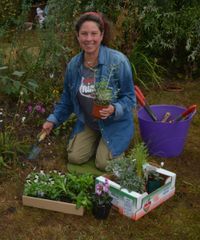
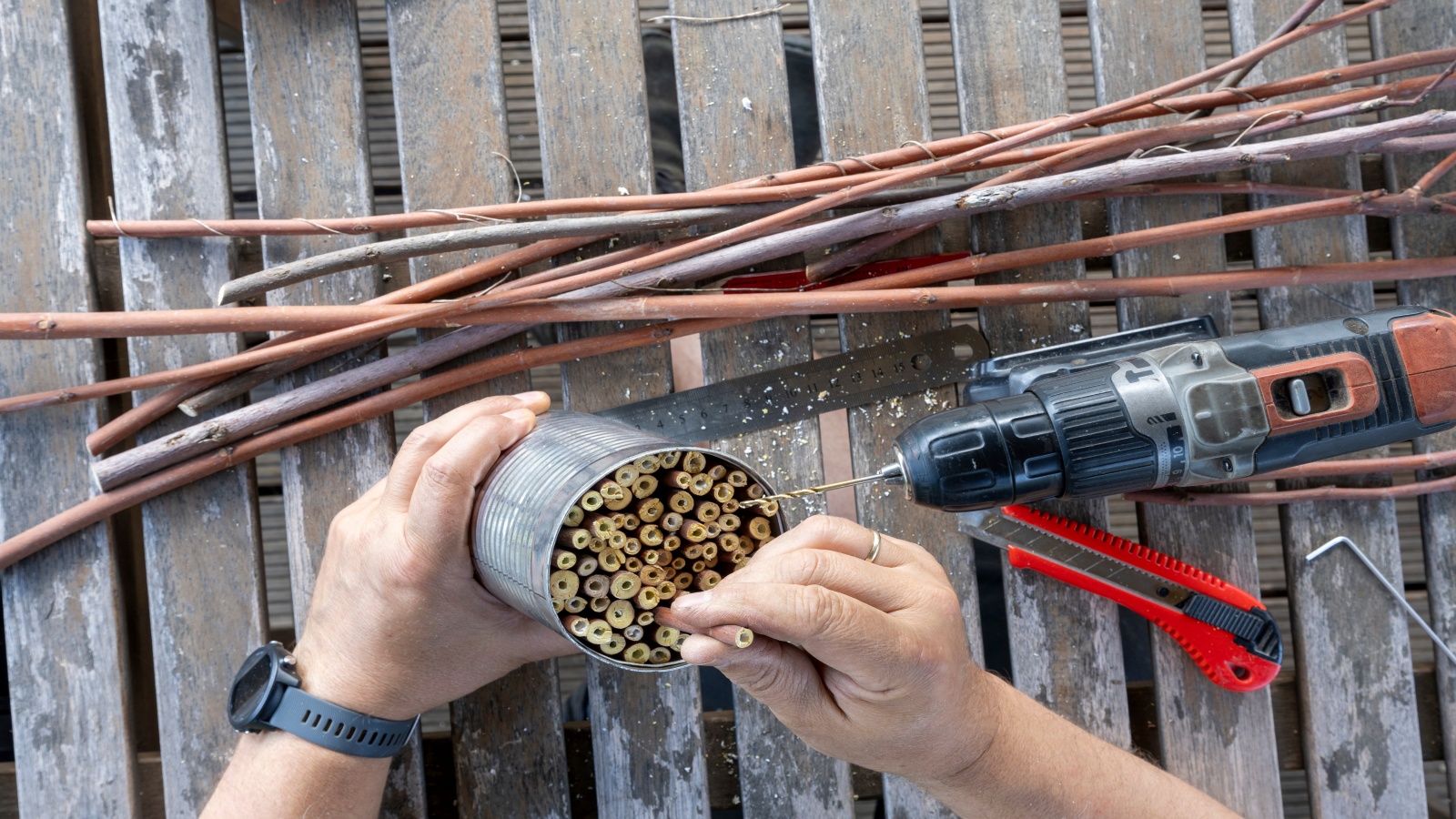
As November merges into winter it’s important to take care of all aspects of the garden. As well as our precious plants, don't forget about wild birds, insects and other small animals. There are plenty of things we can do to make all or part of the yard wildlife-friendly before the frosts hit.
Before the weather turns really cold, November is the perfect month to construct DIY wildlife shelters to help birds, mammals, amphibians and insects through the chilliest days.
Whether it's by judicious planting, using sustainable, eco-friendly gardening practices, leaving an area of the yard to grow a little wild or making your own wildlife shelters, there are lots of things we can do to welcome wildlife into our yards in late fall.
1. Create shelter with existing perennials and garden pots
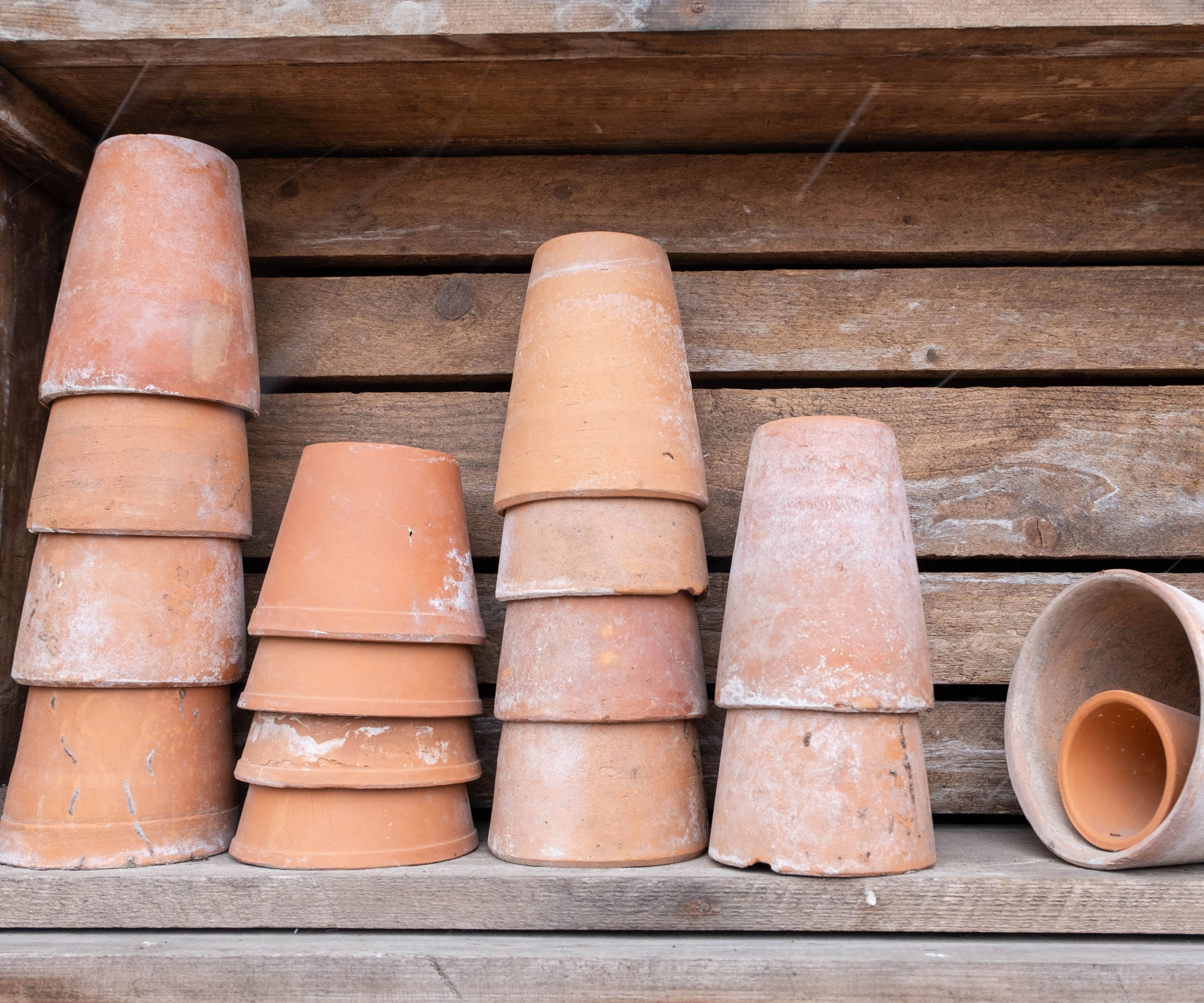
Being too tidy in the fall is one of the biggest seasonal yard cleaning mistakes and can actually harm garden wildlife instead of encouraging it to visit.
One of the simplest ways of attracting wildlife to your yard in the fall is to tie together some sturdy but hollow stems of perennials such as elegant angelica and either hang them somewhere sheltered or push them among the branches of a bush to provide a safe overwintering spot for solitary bees and other bugs.
Another is to stuff small pots with straw, moss and leaves and nestle them into nooks and crannies around the garden where creatures can crawl inside to shelter.
The fall and winter are key times for pruning but instead of shredding removed material, consider arranging some of it in a loose pile somewhere quiet and out of the way to create a natural shelter and hibernation home.
Design expertise in your inbox – from inspiring decorating ideas and beautiful celebrity homes to practical gardening advice and shopping round-ups.
Tuck some moss, straw, leaves and pieces of hollow bamboo canes in among the wood for extra insulation, comfort and warmth.
You could also cover it with a tarpaulin like this one on Amazon for extra warmth and security.
2. Make a dead hedge
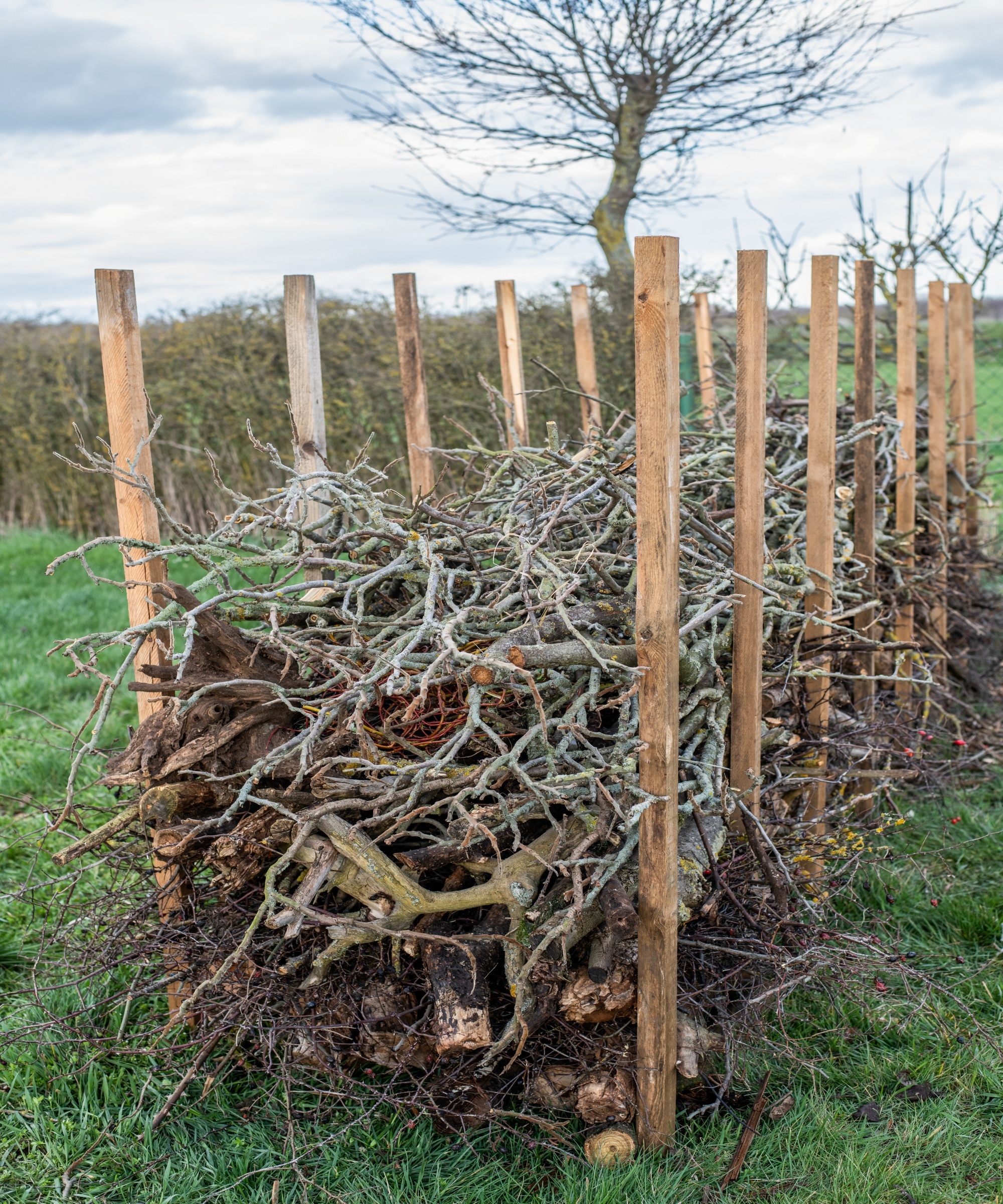
A dead hedge is an easy way of composting fall prunings and plant material and makes a brilliant winter shelter for wildlife
Or why not use your fall prunings and clearings to make a dead hedge? This is one of the laziest composting methods and also gives garden wildlife somewhere to hide.
Start by hammering some sturdy wooden stakes, like these 4ft stakes on Amazon, into the ground in two staggered rows roughly 1.5 to 22ft apart.
Now cut your pruned branches into manageable lengths and weave them between the stakes, starting at the bottom and moving up.
You can then fill gaps with cornstalks, pinecones, perennial stems, fallen leaves, greenery and moss to create a cozy home and perching spot for birds, small mammals, amphibians and insects.
Over time, the contents of the hedge will break down and can be used as compost in the yard, and you can replace them each fall with new prunings.
3. Make a hanging basket bird shelter
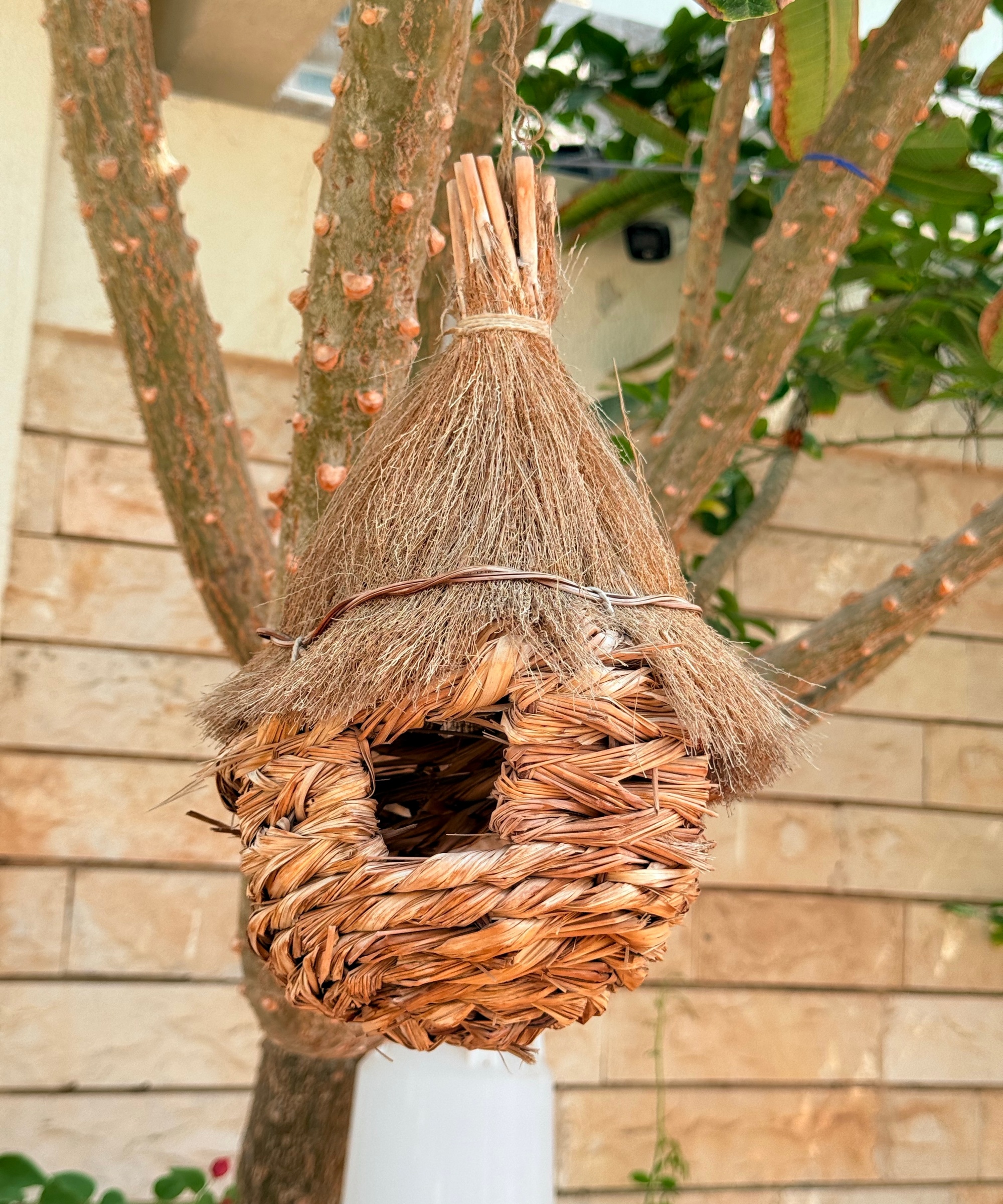
You could repurpose and recycle an old woven hanging basket into a snug winter bird shelter
Garden birds like to have somewhere safe and snug to roost in winter so why not make them a home from an old hanging basket?
For this project you will need:
- A wicker hanging basket like this seagrass pair on Amazon
- Short, thin canes like these 8in bamboo plant stakes at Amazon
- A length of thatch. It could be artificial like this Mexican Style Artificial Palm Thatch Roof Roll on Amazon, or natural like this Natural Mexican Palm Thatch Runner Roll at Walmart.
- Garden wire like this flexible roll on Amazon.
- Scissors or a sharp knife like this retractable Workpro utility knife at Amazon.
How to construct your bird shelter:
- Step 1: Carefully cut a bird-sized hole in the side of the basket
- Step 2: Insert the slim canes around the top of the basket and tie their tops together to form a triangular framework.
- Step 3: Wind the straw roll around the framework until it creates a weatherproof roof, then carefully cut to size..
- Step 4: Secure the roof with wire, making several hoops as you go up the roof.
- Step 5: Fill the shelter with moss, straw and leaves but leave room for birds to get in and out.
- Step 6: Securely attach your bird shelter to a tree with more wire. Set it somewhere open so birds can feel safe from predators, but make sure you can watch it from the house to see who moves in.
4. Create a simple tin can bug hotel

Making a bug hotel from bamboo canes and an old tin can is a fun way to spend a wet fall morning
This is a simple but fun wet-day project that will greatly benefit the beneficial insects and pollinators in your yard.
What you need:
- A clean tin can (any food can will do)
- Moulding clay or plasticine like this Van Aaken modelling clay at Amazon
- Lengths of hollow cane like these bamboo tubes for mason bees on Amazon
- Garden twine
How to make your simple bug hotel:
- Step 1: Thoroughly wash the can in hot soapy water and remove the label.
- Step 2: Press the can base into a thin layer of the plasticine then cut around the outline and carefully press the plasticine into the bottom of the tin
- Step 3: Insert the hollow bamboo tubes into the can and press them against the plasticine so they are held firm
- Step 4: Fit as many canes as possible into the tin and stuff any gaps with moss, leaves and straw.
- Step 5: Tie a length of garden twine around the tin, and hang it somewhere sheltered in your yard.
FAQs
Can I use human hair or pet fur in my DIY wildlife shelters?
We don’t recommend hair or pet fur because of the chemicals used in shampoos and styling products, and also because flea treatments used on pets can harm and even kill wild birds.
However, feathers collected on fall walks and from the garden, as well as the stems and seedheads of grasses can be used and make excellent natural insulation.
What are the best kinds of natural wildlife garden shelters?
Evergreen trees and shrubs offer year-round shelter for birds, small mammals and insects. They also offer privacy and help protect the yard from strong winds and rain.
The best and also easiest-to-grow evergreens like holly, juniper, pine, and arborvitae offer shelter and food to overwintering birds and wildlife. These are all available from Nature Hills.
Deciduous trees and shrubs such as dogwood and climbing roses also offer shelter and places where birds can roost. These are both available at Nature Hills.
Fruit trees also offer food as well as shelter and there is a good range available at Fast Growing Trees. This fall, leave some wind-fallen apples and pears on the ground for wildlife to feast upon.
As they die back after summer, the leaves and stems of perennial plants provide shelter for smaller creatures such as frogs, toads, insects and invertebrates. Although some need cuttings back, there are other varieties that should be left standing in the fall.
Hollow stems provide a snug home for overwintering insects such as bees and beetles, as well as beneficial pest predators such as centipedes and spiders.
Although there are plenty of natural places to shelter in a yard, your garden wildlife will appreciate every little bit of extra help, and you can gave great fun and ingenuity creating your own DIY shelters.
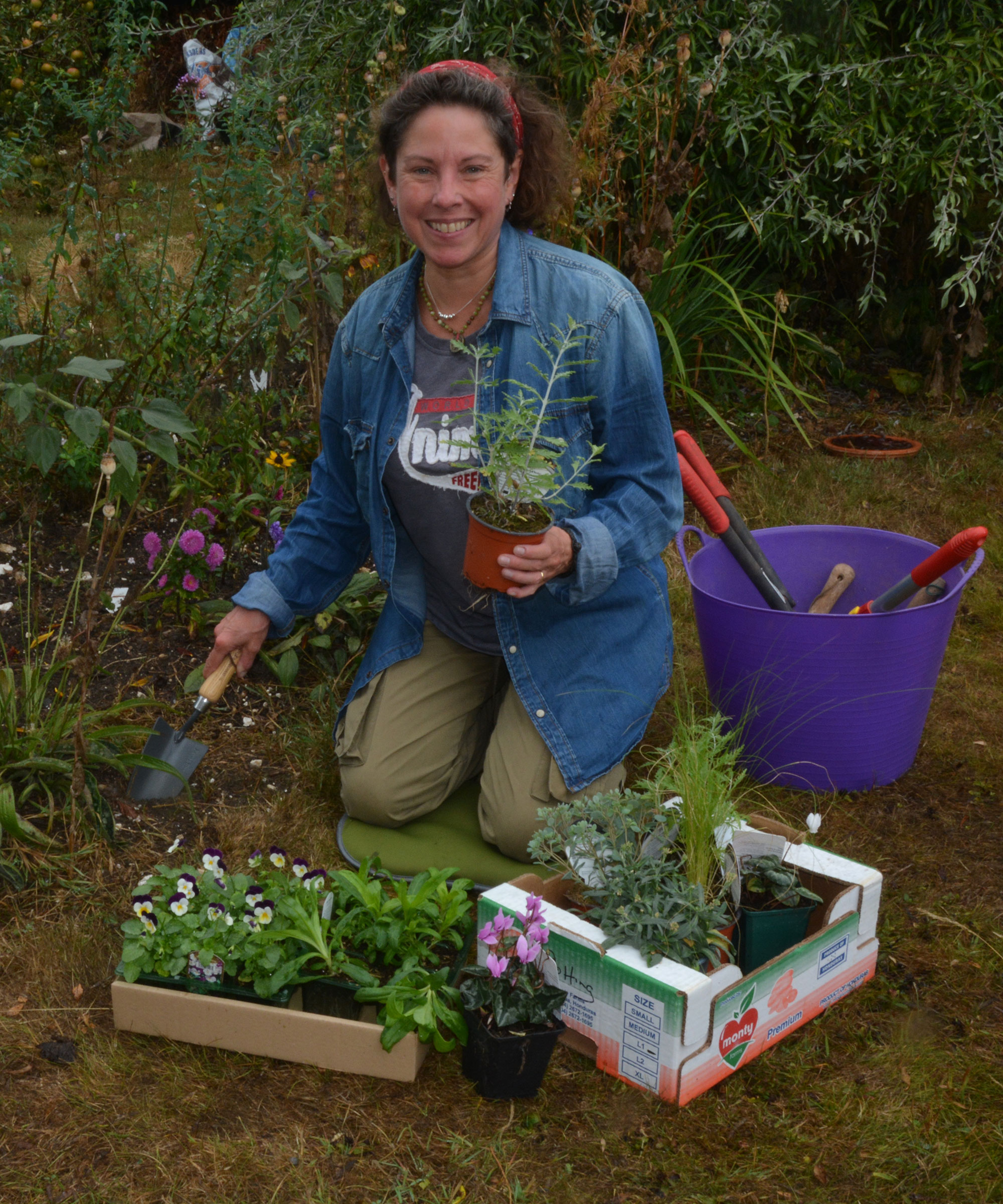
Ruth is a Contributing Editor for Homes & Gardens, and formerly Gardening Editor of Amateur Gardening magazine. She is horticulturally trained, with a qualification from the Royal Horticultural Society. Her work for Amateur Gardening, the world's oldest weekly gardening publication, involved matching gardening tasks with each season, covering everything from sowing and planting, to pruning, taking cuttings, dealing with pests and diseases and keeping houseplants healthy. She is an expert in ornamental plants and edible crops, and everything she writes about and photographs is in her own garden, that has been a work in progress since her family moved there in 2012.